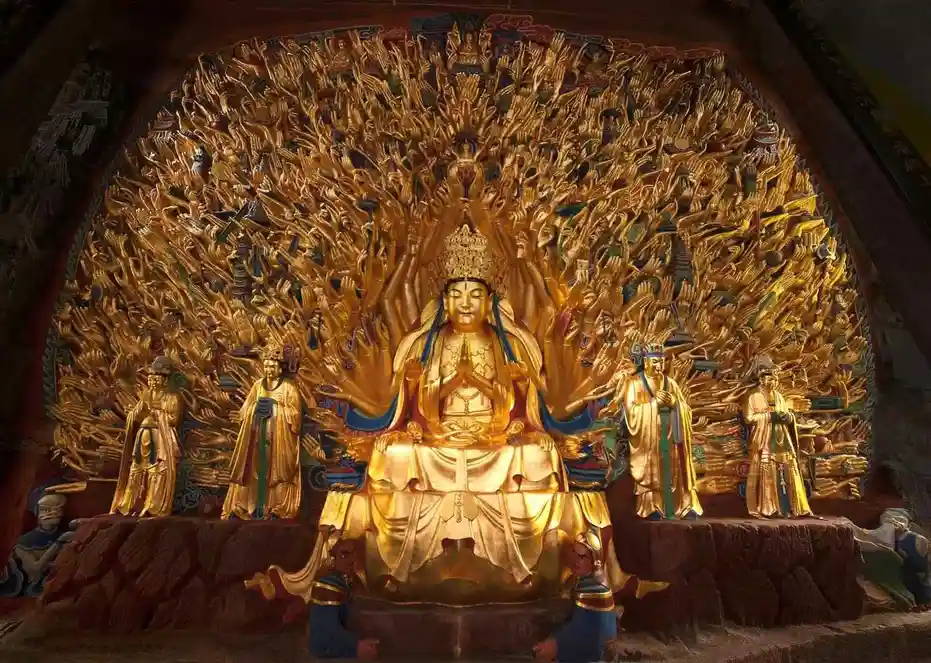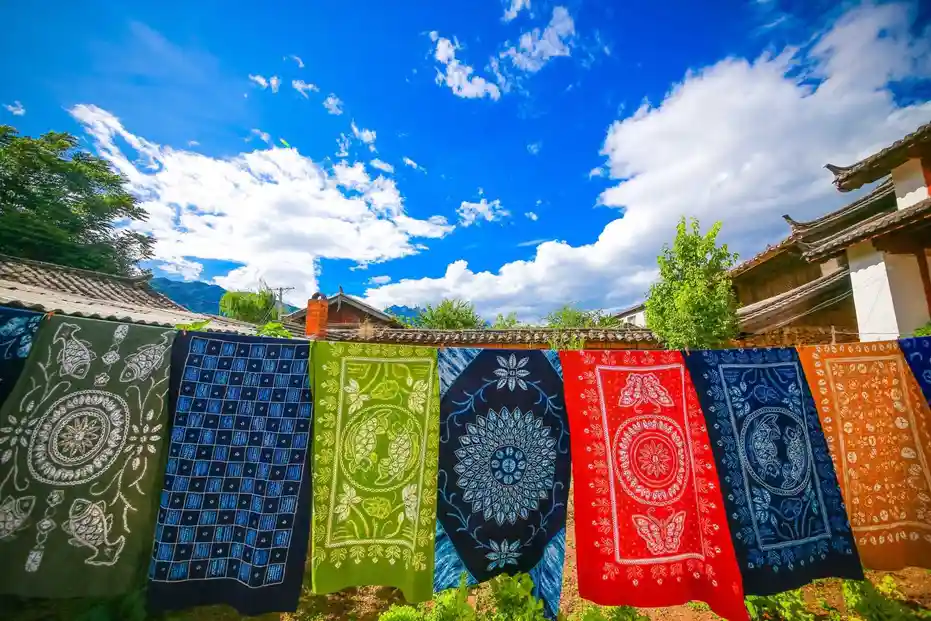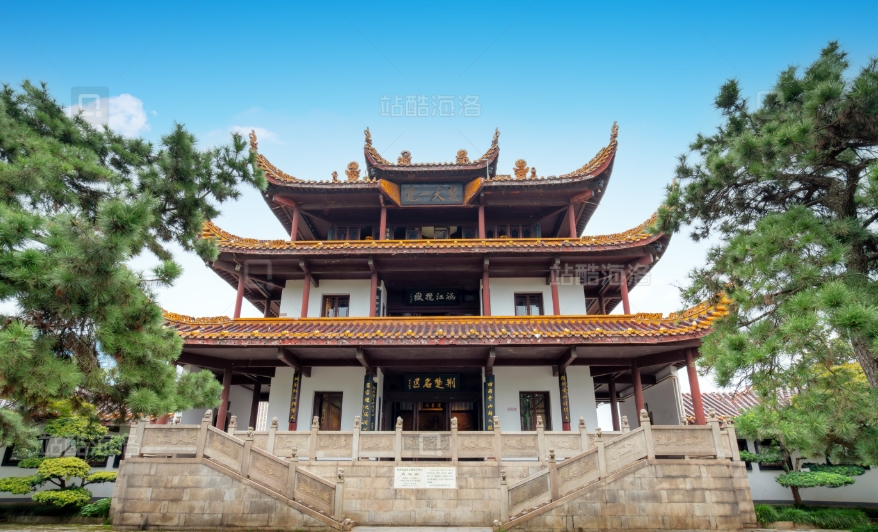Introduction: A Hidden Gem of Chinese Buddhist Art
The Dazu Stone Carvings are among China’s most remarkable cultural treasures. Located in Chongqing, these ancient rock carvings span cliffs and hillsides with breathtaking detail. Unlike the more famous Mogao Grottoes, the Dazu site offers a quieter, more immersive experience.
Carved between the 9th and 13th centuries, the sculptures reflect a unique blend of Buddhism, Taoism, and Confucianism. This fusion makes the Dazu Stone Carvings not just religious art—but a window into medieval Chinese society.
For travelers and history lovers, visiting Dazu is both educational and inspiring. This article explores the history, artistic value, and practical tips for visiting. Whether you’re planning a trip or exploring from afar, you’ll gain a deeper appreciation of this UNESCO World Heritage Site.
Historical Background of the Rock Carvings
The origins of the Dazu Stone Carvings trace back to the late Tang Dynasty. Local monks and artisans began carving religious figures into limestone cliffs. Over centuries, the work expanded under imperial and regional support.
Most carvings were completed during the Southern Song Dynasty. This era saw a flourishing of religious expression and craftsmanship. The site became a spiritual center for Buddhist practice and pilgrimage.
What sets Dazu apart is its timeline. Unlike earlier grottoes that peaked in the 6th century, Dazu thrived much later. This allowed for more refined techniques and diverse themes. The carvings include not only deities but also everyday people, animals, and moral stories.
The site was largely forgotten until the 20th century. Rediscovery led to international recognition. In 1999, UNESCO inscribed the Dazu Rock Carvings as a World Heritage Site. Today, they are protected and promoted as a key part of China’s cultural legacy.
Artistic Significance and Style
The artistry of the Dazu Stone Carvings is both intricate and expressive. Sculptors used natural rock formations to create multi-level compositions. Figures are carved in high relief, often with detailed facial expressions and flowing robes.
One hallmark is the integration of narrative scenes. For example, the “Hell Scenes” at Baodingshan depict karmic justice with vivid emotion. These panels serve both religious instruction and artistic mastery.
Another key feature is syncretism—the blending of Buddhist, Taoist, and Confucian imagery. You’ll find Buddha seated beside Laozi or Confucius. This reflects the harmonious coexistence of beliefs in medieval China.
Materials and tools were simple, yet results are astonishing. Artisans worked with chisels and hammers, shaping stone with precision. Colors were added using natural pigments, though much has faded over time.
Compared to Dunhuang or Longmen, Dazu stands out for its storytelling depth and human touch. The carvings feel alive, capturing moments of suffering, joy, and enlightenment.
Major Sites Within the Dazu Complex
The Dazu Stone Carvings are not a single cave but a network of sites. Over 75 protected areas exist, with five major clusters open to the public.
The most famous is **Baodingshan**, known for its grand Buddhist reliefs. It features the iconic “Thousand-Hand Bodhisattva” and the Wheel of Life.
**Beishan** is older, with carvings dating to the 9th century. It showcases early Buddhist iconography and delicate facial details.
Other key sites include **Nanshan**, **Shimenshan**, and **Shizhuan Mountain**. Each has unique themes—Taoist deities, moral parables, or historical figures.
| Site | Key Features | Best For |
|——|————-|———|
| Baodingshan | Large-scale Buddhist reliefs, Hell Scenes | First-time visitors |
| Beishan | Early carvings, fine craftsmanship | Art lovers |
| Nanshan | Taoist themes, serene setting | Spiritual reflection |
Visitors should plan at least a full day to explore the main sites. Guided tours are available and highly recommended for deeper understanding.
Religious and Philosophical Themes
The Dazu Stone Carvings are deeply rooted in spiritual teachings. Buddhism dominates, especially Mahayana traditions. Scenes depict Buddha’s life, bodhisattvas, and the path to enlightenment.
But Dazu is unique for its inclusion of Confucian and Taoist ideas. This reflects the “Three Teachings” harmony common in Song Dynasty China. For example, one panel shows a Buddhist monk debating a Confucian scholar—both treated with respect.
Moral lessons are central. The “Ten Kings of Hell” series warns against greed, anger, and dishonesty. Yet punishment is not eternal—repentance leads to rebirth. This message of hope resonates across cultures.
Family values also appear. Some carvings honor filial piety, a core Confucian virtue. These themes make the site accessible even to non-religious visitors.
The integration of philosophy into art shows how religion shaped daily life. It wasn’t just doctrine—it was guidance for living well.
Preservation Efforts and Challenges
Protecting the Dazu Stone Carvings is an ongoing challenge. Natural erosion, pollution, and tourism pressure threaten the stone surfaces. Rainwater seepage and biological growth (like moss) accelerate decay.
Since the 1980s, China has invested in conservation. Experts use laser scanning, 3D modeling, and climate monitoring to assess damage. Stabilization work includes drainage systems and protective shelters.
UNESCO support has boosted international collaboration. Teams from Japan, Germany, and Italy have shared restoration techniques. Digital archiving ensures that even if carvings fade, their records remain.
However, balancing access and preservation is tricky. More visitors mean more revenue for upkeep—but also more wear. Crowd control and timed entry systems help manage impact.
Long-term, climate change poses a growing risk. Rising humidity and extreme weather could accelerate deterioration. Ongoing research and funding are essential to safeguard this heritage.
Travel Tips for Visiting the Dazu Rock Carvings
Planning a visit? Here’s what you need to know. Dazu is about 2 hours by car from downtown Chongqing. Public buses and tour shuttles are available, but a private driver offers more flexibility.
The best time to visit is spring (March–May) or autumn (September–November). Temperatures are mild, and skies are clearer. Summer brings heat and humidity; winter can be foggy.
Wear comfortable shoes—the sites involve walking on uneven paths and stairs. Bring water, sunscreen, and a hat. An umbrella is useful for both sun and sudden rain.
Entry fees vary by site. A combined ticket covers Baodingshan and Beishan. Audio guides or local guides enhance the experience. English materials are available but limited.
Avoid weekends and Chinese holidays if possible. Crowds can make viewing difficult. Early morning visits offer better lighting and fewer people.
Cultural Impact and Global Recognition
The Dazu Stone Carvings have influenced art and scholarship worldwide. They appear in academic studies on Buddhist art, Chinese philosophy, and heritage conservation.
Museums from Paris to Tokyo have hosted exhibitions featuring Dazu replicas or digital displays. These efforts raise global awareness and appreciation.
In China, Dazu is increasingly promoted in cultural campaigns. It appears in documentaries, school curricula, and tourism ads. Younger generations are being encouraged to value their heritage.
Digital initiatives are expanding access. Virtual tours and augmented reality apps let people explore Dazu online. These tools are especially valuable for international audiences.
As interest grows, so does responsibility. Respecting the site—by not touching carvings or littering—is part of being a mindful traveler.
Conclusion: Why the Dazu Stone Carvings Matter
The Dazu Stone Carvings are more than ancient art—they are a living record of belief, skill, and human values. Their historical depth, artistic brilliance, and philosophical richness make them a must-see for global travelers.
From the intricate reliefs of Baodingshan to the quiet wisdom of Beishan, each site tells a story. These stories connect us to a past where art and spirituality shaped daily life.
For SEO and content creators, covering Dazu offers lasting value. The topic combines culture, travel, and history—key interests in English-language search. Targeting keywords like “Dazu Stone Carvings” with rich, accurate content can drive organic traffic for years.
If you plan to visit, go with curiosity and respect. If you’re exploring online, dive into the details—every carving has meaning. Either way, the legacy of Dazu is worth discovering.



